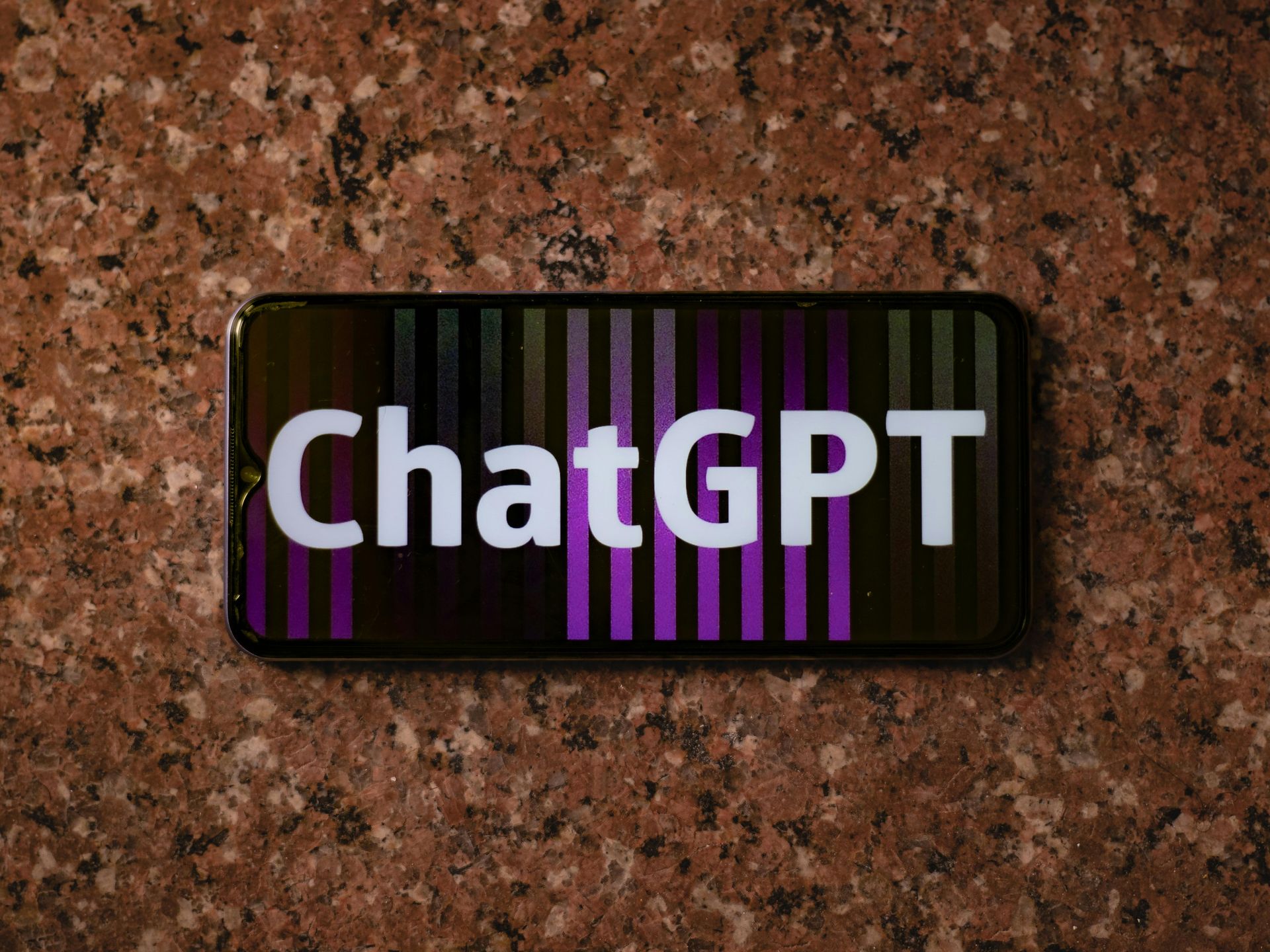Ranking in the LLMs: Important Ways to Check How Well AI Models Work
Leaderboards show how well large language models (LLMs) do on a variety of activities, including coding, thinking, understanding language, and staying safe. These rankings help firms, researchers, and developers choose the models that will work best for them.

What are the rankings for LLM?
LLM rankings are not the same as SEO search results. Instead, they look at how well models do compared to set standards. These tests check for safety, correctness, reasoning ability, code generation, and multilingual performance. Different leaderboards employ different ways to test; therefore, a model's rank can change depending on what the platform is looking for.
here are two ways that "ranking" works in this area. First, there's how models like ChatGPT put information in their answers in order of importance. Second, and more relevant for developers, are the leaderboards that show how well models do versus each other using the same testing frameworks.
Why Rankings Are Important
Rankings encourage new ideas. They help engineers find holes, make models better, and fix issues. For companies, rankings offer a trustworthy tool to assess speed, cost, and competence before choosing an AI solution.
Main benefits:
- Benchmarking:
Monitor the model's performance over time.
- Transparency: Use performance statistics to earn users' trust.
- Safety: Before deploying, find out what the dangers and limits are.
LLM Leaderboards That Are Popular
Different groups use different criteria to generate LLM rankings. As models get better, these platforms are updated often to make sure the data is still useful and up-to-date.
How Evaluation Works
Different benchmarks use different ways to evaluate. Some put more weight on feedback from people, while others depend on technical evaluations.
Human Preference and Elo Scores
The Chatbot Arena uses a chess-inspired Elo system, where users vote between two model responses. This method captures the nuance of conversational quality that automated tests often miss.
Task-Based Evaluation
MMLU (Massive Multitask Language Understanding): Tests knowledge across 57 subjects, from STEM to law.
HumanEval+: Measures code generation skills, adding bug detection and test cases.
These benchmarks show where a model excels and where it might fall short.
Text Embedding: MTEB
The Massive Text Embedding Benchmark (MTEB) tests how well models convert text into vectors for tasks like search, clustering, and similarity detection. This is critical for applications like retrieval-augmented generation.
Task categories include
Classification
Clustering
Retrieval
Semantic similarity
Code Generation
HumanEval+ and similar benchmarks evaluate how well models write, debug, and explain code. Metrics include:
Pass@k: % of problems solved in k attempts
Functional correctness: Code execution quality
Security: Detection of unsafe patterns
These scores help developers choose the right model for coding-related use cases.
There are different types of tasks, such as:
Classifying
Grouping
Getting back
Similarity in meaning
Human vs. Automated Rankings
Human-centric leaderboards (like LMSYS) favour models that produce natural, helpful responses. Automated platforms (like Hugging Face) emphasize raw capabilities in tasks like reasoning, math, or factual accuracy.
This dual perspective is valuable: some models are excellent at technical benchmarks but lack conversational finesse, while others thrive in user-friendly contexts but struggle with deep logic tasks.
Top Models and Industry Trends
As of 2025, GPT-4 remains a top performer across many leaderboards. However, it faces stiff competition from newer models like Claude 3 Opus, Gemini Ultra, and PaLM 2, each with domain-specific strengths.
Interestingly, smaller models are now outperforming larger ones in specialized areas, like medical diagnostics. The trend is shifting from sheer size to efficiency and fine-tuning for specific tasks.
Challenges: Bias and Fairness
As LLMs become more influential, fairness and bias in rankings matter more. Current tests often miss issues like:
Gender or cultural bias
Unequal language performance
Demographic underrepresentation
Users increasingly want transparency around how fairness is measured and factored into scores.
The Future of LLM Rankings
LLM evaluation is evolving rapidly. Emerging trends include:
- Real-time conversation testing
- Domain-specific benchmarks (e.g., legal or medical)
- Better human preference modeling
- Cross-platform standardization
The goal is to move beyond academic tests toward real-world usability.
TL;DR: LLM rankings provide critical insight into AI performance. Understanding how models are tested and where they shine helps users—from developers to executives—make smarter choices. As AI advances, so too must the ways we evaluate it.










